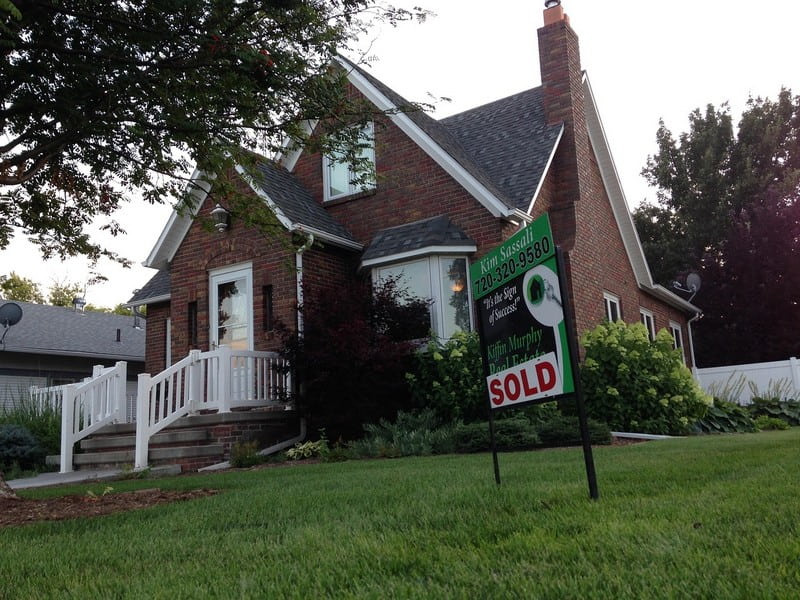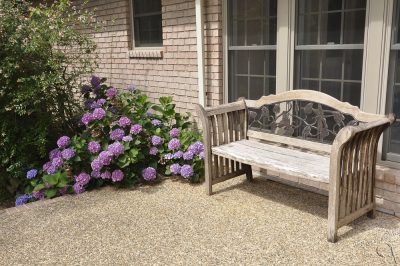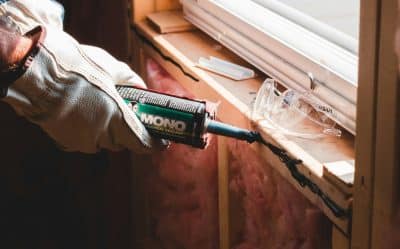
Buying an older house can feel like finding a hidden gem, full of character, charm, and stories waiting for you to continue. Before you sign on the dotted line, it’s important to take a hard look at what’s going on beneath the vintage wallpaper and creaky wood floors. Older homes can hide a lot of surprises, and some drain your budget faster than you think. Here’s what you should check before buying an older house, ensuring you’re ready for the adventure without walking into a money pit.
Roofing
This is one of the most critical areas. Roofing issues can lead to leaks, mold, structural damage, and a whole host of costly repairs if ignored. Before buying an older house, find out how old the roof is, the type of material used, visible signs of damage like sagging areas or missing shingles, and evidence of past leaks or water stains in the ceilings or attic. A professional inspection is your best friend here. It’s worth consulting a Newark roofing company to thoroughly evaluate the roof’s condition, especially if you’re buying in an area where the weather can be unpredictable.
Electrical systems
Many older homes have some outdated wiring that can be a safety hazard or simply unable to handle the demands of modern appliances and devices. Look for knob-and-tube wiring, often seen in homes built before the 1950s, an outdated electrical panel, flickering lights, or outlets that don’t work, and a lack of GFCI outlets in kitchens and bathrooms. Replacing or upgrading electrical systems can be expensive, but it’s critical for safety and insurance compliance.
Plumbing
Old pipes can lead to leaks, water damage, and poor water pressure. Materials like galvanized steel pipes tend to corrode and restrict water over time. During your inspection, check for leaks under sinks and around toilets, look for signs of water damage on ceilings and walls, test water pressure in showers and sinks, and ask if the plumbing has been updated and what materials are in place. Replacing plumbing in an older home can involve opening up walls and floors, so it’s important to know what you’re getting into before you buy.
Foundation and structural integrity
Older homes can develop foundation issues, often due to shifting soil, water damage, or just natural settling of the house over decades. Walk around the property and look for cracks in the foundation walls, doors, and windows that stick or don’t close properly, uneven or sloping floors, and gaps around window frames or exterior doors. Structural repairs can be expensive, so have a professional inspection done if you see any red flags.
Insulation and energy efficiency
Many older homes weren’t built with modern efficiency standards in mind, leading to high heating and cooling costs. Check insulation levels in the attic and walls, drafty windows and doors, the age and condition of the HVAC system, and the condition of exterior doors and windows. Upgrading insulation and windows can make a big difference in your comfort and energy bills.
Endnote
Buying an older home can be a rewarding experience, but it requires a careful, informed approach. Prioritize a thorough inspection to uncover hidden issues before closing. Don’t skip key areas like roofing, plumbing, electrical, and the foundation, as these can quickly become costly surprises if overlooked.








